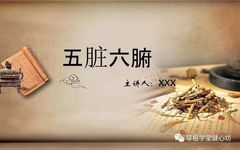“Five Organs and Six Bowels”
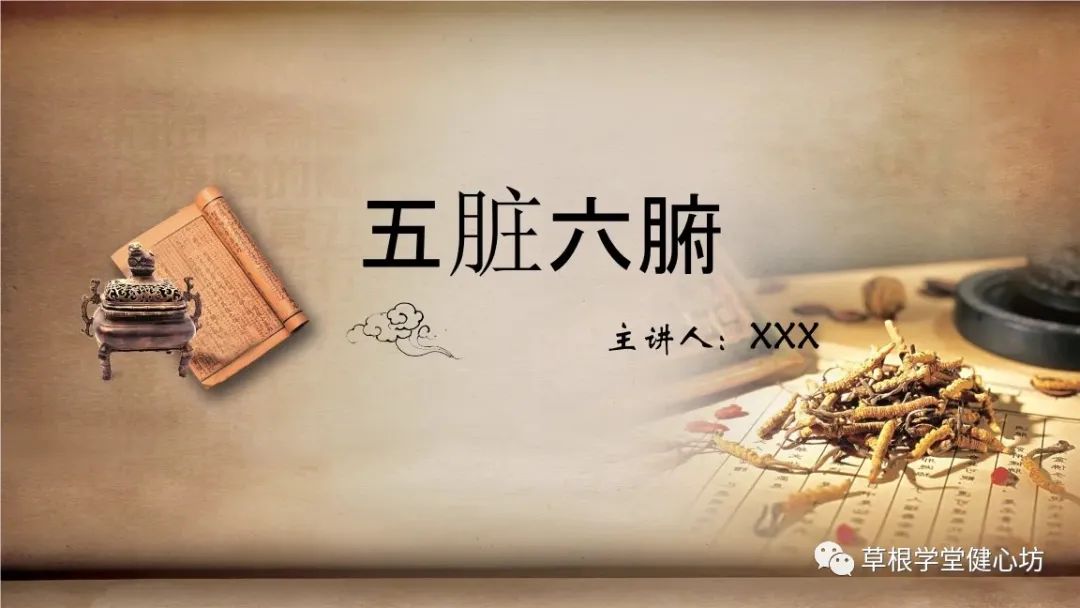
16 – Differences Between the Five Organs and Six Bowels
01
—
Differences Between the Five Organs and Six Bowels
According to the Huangdi Neijing: The Five Organs are responsible for storing the spirit, blood, qi, and soul.
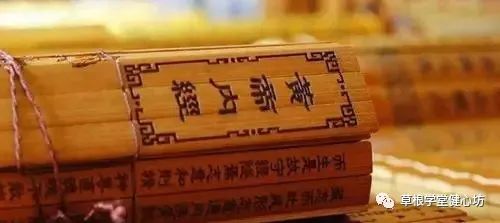
The Five Organs are used to store the spirit, blood, and soul. The spirit and soul are the deities of the Five Organs, and besides the Five Deities, there is also energy – qi and blood, which are also stored by the Five Organs.
Thus, the main function of the Five Organs is to “store.” The characteristic of the Five Organs is “to store without leaking,” responsible for “storing essence.”
Where does the energy (essence) needed by the human body come from?
According to the Huangdi Neijing: The Six Bowels are responsible for receiving food and fluids and transporting them.
The Six Bowels are “generated” from digestion and absorption. The fluids are the essence (the energy circulating within the body), which is then stored by the Five Organs.
The raw materials before generation mainly come from the “Five Grains.” The procurement and quality control are managed by the “orifices.”
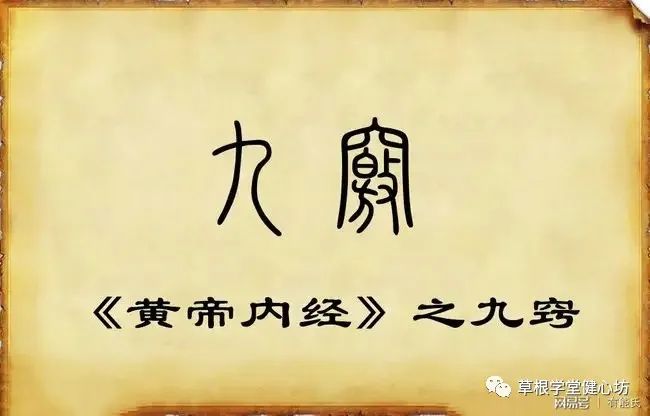
The division of labor between the Five Organs and Six Bowels: The Six Bowels are responsible for generation (creation), excretion (giving) but not storage. The Five Organs store but do not excrete. Not excreting does not mean possession. It is for unified distribution and charity.
The Five Organs are like central officials, while the Six Bowels are like local officials. One is responsible for creation and submission, while the other is responsible for management, ensuring no waste. They manage collective property.
From the perspective of their characteristics, the Five Organs are substantial, while the Six Bowels are insubstantial. In terms of health and wellness, which is more important, the substantial or the insubstantial? Which is more important, the Five Organs or the Six Bowels?
The importance depends on the perspective. From the perspective of vulnerability, the Five Organs are more vulnerable and need to be protected.
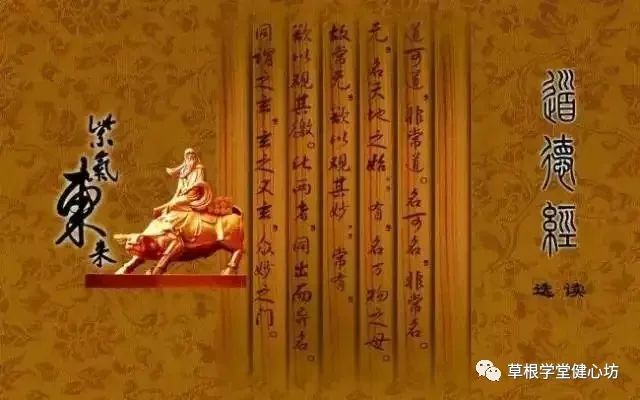
In Chapter 11 of the Dao De Jing: “Thirty spokes share one hub; it is the emptiness in the center that makes the wheel useful. Clay is molded into a vessel; it is the emptiness within that makes it useful. Doors and windows are cut to make a room; it is the emptiness within that makes it useful. Therefore, having is beneficial, while not having is useful.”
This means: “Thirty spokes form a wheel, and it is precisely because the center is empty that it can serve its purpose. Clay is shaped into a vessel, and it is precisely because the vessel is empty that it can serve its purpose. Doors and windows are cut to create a room, and it is precisely because the room is empty that it can serve its purpose.”
Thus, the usefulness of “having” ultimately relies on “not having,” which is the “emptiness” that plays a role.This is called creating something from nothing, where nothing has great utility.
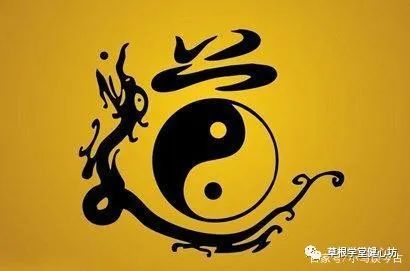
For a person to succeed in society, they should leave enough space in their heart to return to a state of tranquility. Only then can they truly achieve the “non-being” that Laozi spoke of, allowing them to invest more energy into focusing on their tasks, making it easier to succeed.
Leaving enough space for others ensures that one does not walk into a dead end. When you leave space for others, they will also respect you and leave space for you, achieving true win-win outcomes.
On the path of life, in whatever one does, one must learn to leave enough space, both for oneself and for others.
Laozi uses the example of a room to illustrate which is more important: the substantial or the insubstantial? This leads us into another perspective of thought.
From the perspective of maintaining the energy (essence, fluids) necessary for life and health, the Six Bowels are indeed important. The Six Bowels generate, while the Five Organs store. The health of the Five Organs relies on the normal functioning and health of the Six Bowels.
From a health perspective, the health of the Six Bowels is the foundation of overall health. Understanding the sequence, order, and rules of issues leads to a methodical approach to tasks.
In normal health maintenance, the focus should be on the Six Bowels.
Differences Between the Five Organs and Six Bowels: A Learning Share

17, 18 – The Gallbladder is the Official of Central Justice (Upper and Lower)
02
—
The Gallbladder is the Official of Central Justice
According to the Huangdi Neijing: The Gallbladder is the Official of Central Justice, from which decisions are made.
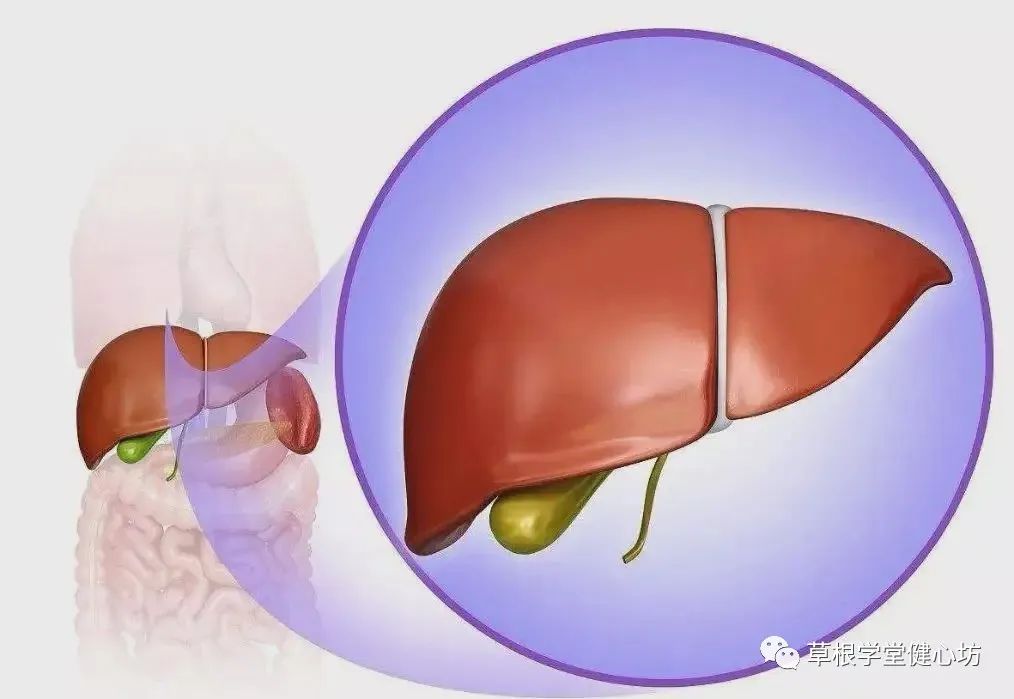
Because decision-making must be just!
If it is not just, who suffers? — The body!
Heaven and Earth create: the organs have “no self.” Their existence is solely to serve the body.
Assuming the organs had a self, would humanity exist today? Everything is the creation of Heaven and Earth!
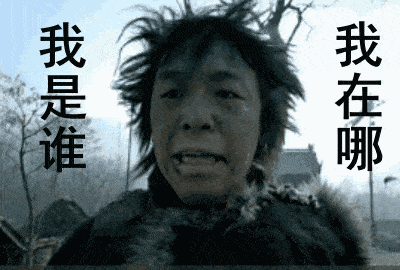
Humans are different; they are intelligent and wise. They can know “self” and have “self.” Thus, they always want to understand: Who am I? Where do I come from? Where am I going?
It is precisely because there is a “self” that there is selfishness, the discovery of “human nature,” and, of course, the inescapable troubles that come with it.
Some compare the Gallbladder to the legal system in society. Both need to possess the same attribute: “justice.” Therefore, we often see the words “justice, fairness, and openness” prominently displayed on the walls of legal departments as a reminder.
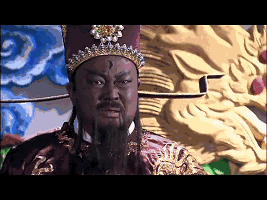
Among them, the warning of “openness” is exclusive to humans. Because the organs cannot be open, nor do they need to be open.
Consider: The Gallbladder and the organs’ lack of self achieve their non-action governance.
How does the Gallbladder always make decisions?
Things exist in development, change, and movement. The balance of the Five Elements is constantly being disrupted and replaced by new balances. Every moment brings new changes and states. This requires constant decision-making and balance. Of course,The Five Organs and Six Bowels operate 24 hours a day. They cannot stop.
The Gallbladder governs generation. The Zi hour (11 PM to 1 AM) is when the Gallbladder meridian generates. Although the qi mechanism is small, its generative power is the strongest.
The commonality of the Zi Rat (the Zi hour and the Rat): Yang energy begins to generate at the Zi hour (when the Gallbladder meridian is in command). The Rat is small but has a strong reproductive capacity.
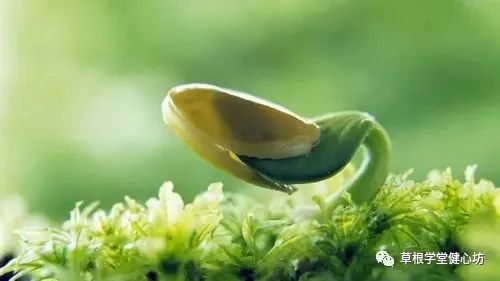
According to the Suwen, Six Sections on the Organ Images: All eleven organs depend on the Gallbladder.
This means: The Gallbladder is the key to the operation of the organs.All other organs in the human body depend on the generation of the Gallbladder meridian.
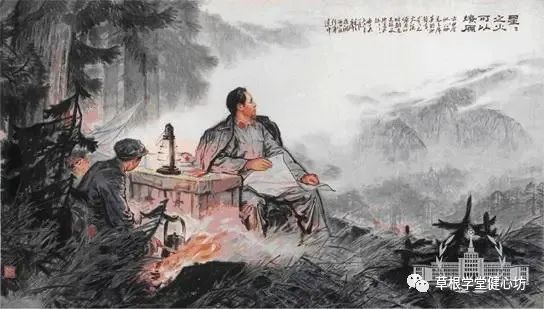
For example, in China’s revolutionary path:
A great person once said: “A single spark can start a prairie fire.”
“A single spark” is the earliest generative qi; afterwards, it ignited a new China; today, it has ignited the world’s second-largest economy; in the future, it will ignite the great cause of national rejuvenation.
Interpretation of the phenomenon of blocked Gallbladder meridian in life:
When answering questions, if one cannot respond, feels uncertain, does not know what to say, and feels timid, it indicates a blockage in the Gallbladder meridian, causing itching on the scalp, following the meridian route. Itching. Scratch it.
Gallstones, Cholecystitis
What causes this?
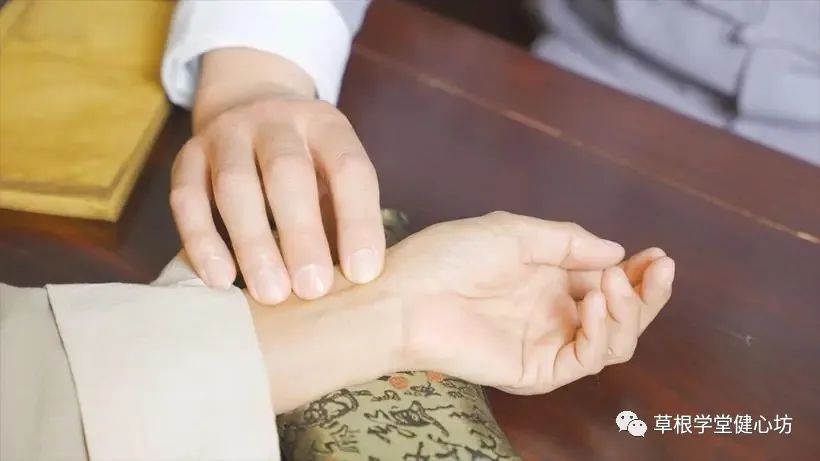
1. Psychological and emotional issues. When a person’s vitality is suppressed, the Shaoyang qi cannot rise, which will affect the generation of the Gallbladder. This affects the Gallbladder’s generation. Manifestations include poor living conditions, economic issues, emotional problems, and various interpersonal relationships. Feeling depressed, excessive pressure, repression, and anxiety. Those with gallstones may appear quick on the surface but are deeply troubled inside; the stones are a manifestation of their heart’s knots.
2. Lifestyle habits – sleep issues. Staying up late past 1 AM (the Zi hour, when the Gallbladder meridian generates) and not taking a midday nap leads to excessive depletion of Shaoyang fire. Gradually, the Gallbladder meridian will have problems, and the gallbladder will have issues.
It is recommended to sleep before 11 PM. Poor sleep can shorten lifespan.
Western medical theory: From 11 PM to 1 AM, the secretion of the human lifespan hormone – melatonin is at its peak, and sleep during this time affects lifespan.
This point aligns with both Chinese and Western medicine.
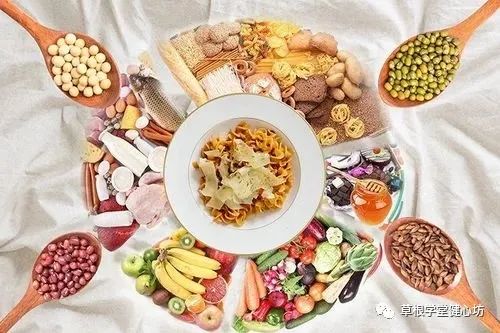
3. Dietary issues. Unrestrained eating habits. Diet is closely related to bile secretion; long-term overeating or skipping breakfast increases the burden on the Gallbladder or causes bile to become stagnant, leading to gallbladder diseases.
The above are the causes of the disease. For those who are already ill, improving bad lifestyle habits will greatly help the condition.
Common methods for soothing the liver and benefiting the Gallbladder are often ineffective in curing such diseases. Generally, clearing away the false fire, supplementing the cold evil, while also draining the true yang merely suppresses or masks the symptoms.
What is the correct approach?
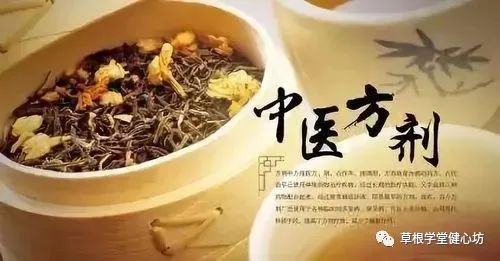
It is to drive away cold, invigorate yang, restore the vitality of the organs, allowing food and fluids to transform into essence and continuously supply it to the true yang. When the true yang is abundant, the Gallbladder qi will be strong, and its function will naturally be restored. Therefore, treating Gallbladder diseases should focus on the yin-yang relationship. One cannot treat Gallbladder diseases solely by addressing the Gallbladder. This is the concept and direction of Traditional Chinese Medicine.
If the yin-yang relationship cannot be clarified, no local disease can be truly cured.
What are other common diseases of the Gallbladder (Gallbladder meridian)?

1. Bitter taste in the mouth upon waking. This is a typical Gallbladder meridian disease.
2. Frequent sighing. The Shaoyang Gallbladder meridian is suppressed, and the qi mechanism cannot rise, causing discomfort. The instinct to sigh is to help the qi rise a little.
3. Discomfort in the heart. The Huangdi Neijing states: Pain in the heart ribs, cannot turn over. This means: Pain on both sides of the heart, especially the left side of the chest, which is particularly painful, making it difficult to turn over in bed. This is a problem with the Gallbladder meridian, where the person’s vitality cannot rise, leading to heart changes.
The Five Elements: Wood generates Fire, the Gallbladder is Wood, the Heart is Fire; if the Gallbladder Wood has issues, the Fire cannot rise, leading to heart disease.
4. Dull complexion, lack of luster. Gallbladder meridian disease can manifest on the face, appearing dull and lacking brightness. The skin on the body also reflects this, showing no moisture.
5. Pain on both sides of the head, as the Gallbladder meridian starts from the outer corners of the eyes, along both sides of the head, down to the little toe. Therefore, pain on both sides of the head is related to the Gallbladder meridian.
6. Pain in the outer corners of the eyes, swelling under the armpits, and pain in the lower abdomen. This is also pain related to the Gallbladder meridian. The Gallbladder meridian runs down the sides of the body.
7. Malaria, the most obvious Gallbladder meridian disease. A person with malaria experiences alternating chills and fever. Why? Because the male master is Shaoyang, which borders Taiyin, belonging to the junction of yin and yang, serving as a transportation hub for yin and yang. If evil qi floats in the Gallbladder, contending with the yangming qi, there will be heat manifestations. If it contends with Taiyin, there will be cold manifestations. Thus, the patient will exhibit symptoms of alternating chills and fever.
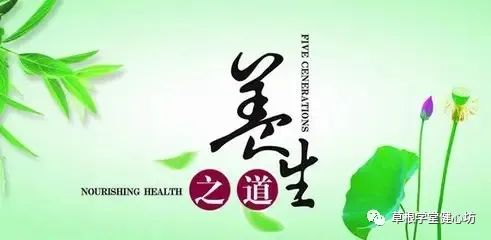
Through the natural way, understand our bodies, and better maintain health. Health is in our own hands.
19, 20 – The Stomach is the Official of Granaries (Upper and Lower)
03
—
The Stomach is the Official of Granaries
According to the Huangdi Neijing: The Spleen and Stomach are the officials of granaries, from which the five flavors emerge.
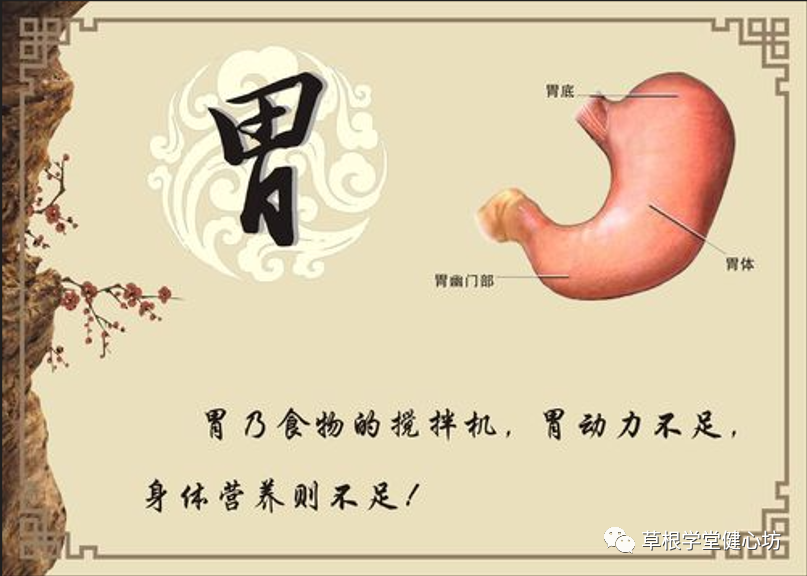
The Stomach is the manager of the granary. It not only “transforms and stores the Five Grains” but also classifies the transformed Five Grains for the use of the Five Organs.
How are they classified? —The five flavors emerge: sour, bitter, sweet, spicy, and salty.
The Liver likes sour, the Spleen likes sweet, the Heart likes bitter, the Kidney likes salty, and the Lung likes spicy.
Although invisible, we know: Human life is a self-operating system, and it operates without action.
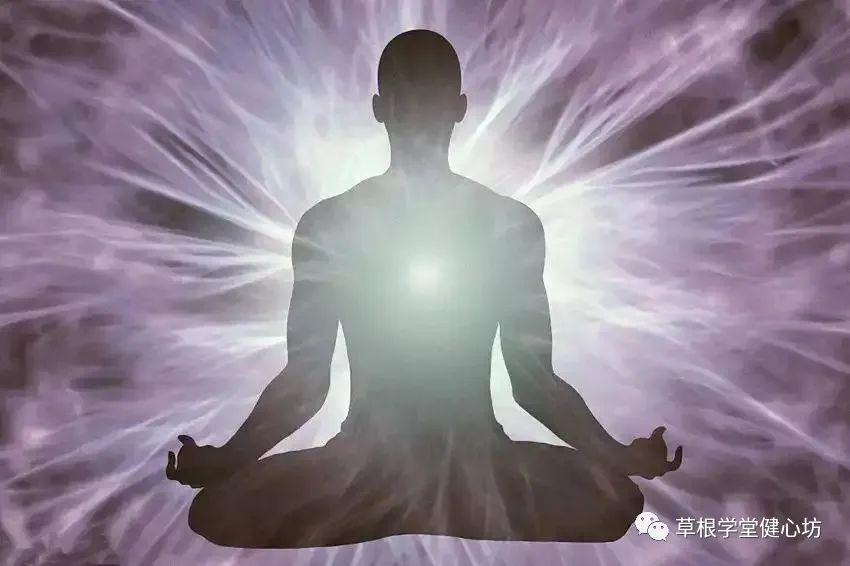
The square character culture is a recognition and interpretation of nature.
“Stomach,” the upper part is a field. The field refers to the division of land, representing the vitality of the earth. It generates and grows all things. What is planted grows.
Ancient people believed that the human body has three Dan Tian: the lower Dan Tian in the lower jiao, the middle Dan Tian in the middle jiao, and the upper Dan Tian between the eyebrows.
Humans have a heart field, which also determines what is planted and what grows.
Didn’t see enough! Click here → to watch the full video.
The three Dan Tian of the human body, like fields, have the ability to regenerate. The Stomach, like a field, ingests food and fluids, transforming them into the essence and blood needed by the human body.
We often say: The Lung governs the qi of the whole body. Where does this qi come from? The Stomach transforms the Five Grains into essence, producing qi and blood. Traditional Chinese Medicine particularly emphasizes the protection of the postnatal Spleen and Stomach. As the saying goes, being able to eat is a blessing, especially as one ages. If the Spleen and Stomach function poorly, it is detrimental. If a person’s stomach pulse is cut off, they lose their postnatal foundation.
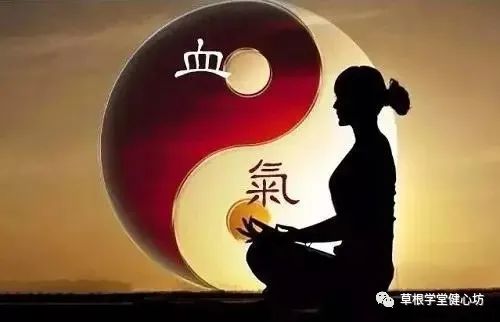
Additionally, the Stomach governs blood; the essence extracted from food and fluids in the Stomach is blood, belonging to the middle jiao receiving qi. It transforms into red. The human body has meridians everywhere, and blood is present everywhere, so the function of the Stomach is at work throughout the body.
Where does the source of essence and blood come from?
The Chen hour (7-9 AM) is when vitality is at its peak, and the Stomach meridian is in command. It corresponds to the Dragon in the twelve zodiac animals.
Chinese culture also comes from the understanding of nature. The vitality of the Dragon is the strongest.
This implies that the human Spleen and Stomach have the vitality of a Dragon. Only when the ingested food transforms into essence can a person have vitality.
The Spleen and Stomach are the foundation of postnatal life. As the saying goes: A person is iron, and food is steel; missing a meal makes one anxious.

The transformation and storage of the Five Grains. The important role of the Stomach in life.
People pursue good and exquisite food, seeking delicacies from mountains and seas. This is both a desire of the mouth and the heart. In terms of health, the priority is not whether the food is good or not, but whether the Spleen and Stomach function well.
As the saying goes: Worry and thought harm the Spleen and Stomach. The Spleen and Stomach transform the Five Grains and store them; how do we transform worry and thought?
The Stomach is the Official of Granaries: A Learning Share

Four Principles for Nourishing the Stomach:
1. Eat breakfast on time.
The body, from the Zi hour when Yang first rises to the Chen hour, has all Yang energy rising, and the Yang energy in the world also rises.
From 7 to 9 AM (the Chen hour), the Stomach meridian is in command. The human meridians and qi blood need to be supplemented with energy and food. The Yang energy of heaven and earth is rising, and food belongs to Yin. Balance.
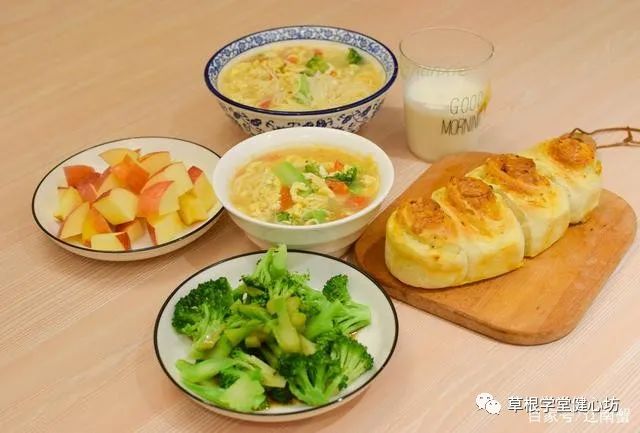
2. Breakfast should be substantial.
After a night of consumption, it is especially important to replenish energy in the morning. Like precious spring rain, it can replenish the body’s energy.
Eating more for breakfast will not lead to weight gain; in the morning, the Yang energy of heaven and earth is at its fullest, and the human Yang energy is also the most vigorous. Food is also the easiest to digest.
3. Lunch should be abundant.
After noon, the small intestine governs absorption. Abundant does not mean eating a lot, but being comprehensive. It should include grains, vegetables, fruits, and meat.
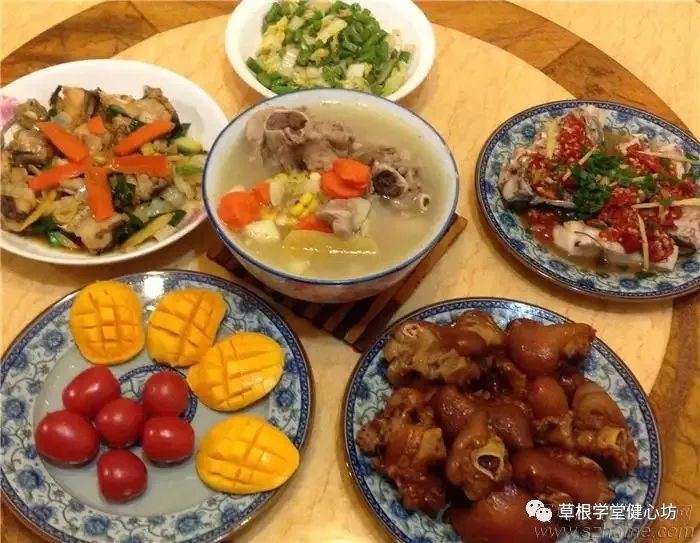
4. Dinner should be light.
If we want to sleep well at night, dinner should be light, providing essence and blood without overburdening the Spleen and Stomach.
In summary, it is best to eat well in the morning for good digestion and absorption, while eating less in the afternoon and evening is generally not conducive to digestion and absorption, so being 60% full is appropriate.
Common Stomach Diseases
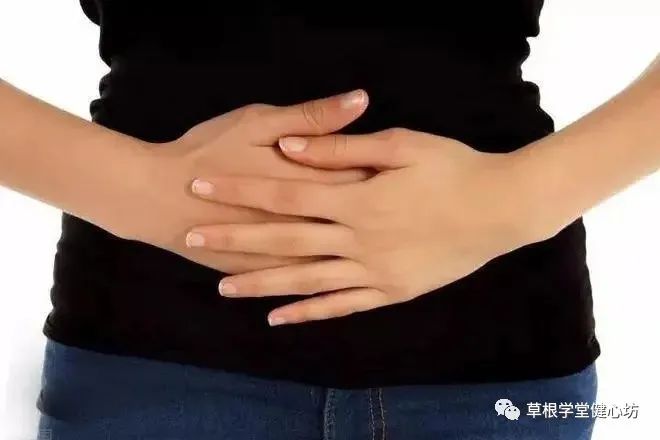
1. Trembling.
When a person trembles for no reason, it indicates that the Stomach fire is not strong, as the Stomach meridian belongs to Yangming dry fire. If there is no fire, the essence of food and fluids cannot be transformed, making digestion and absorption impossible.
2. Frequent yawning.
This indicates cold in the Stomach, Stomach qi deficiency, and lack of Stomach energy.
Yawning is a self-rescue behavior. When yawning, the Stomach is in a stretched state, which can help the Stomach qi to relax and disperse some cold.
3. Facial drooping.
The most important meridian on the face is the Stomach meridian. If the Stomach fire is too strong and blood flow is insufficient, the body lacks nutrition, leading to facial drooping.
4. Lips turning outward with heat.
The Stomach meridian runs along the lips. If there is a problem with the Stomach, the lips may turn outward and show signs of heat.
5. Pain in the upper teeth.
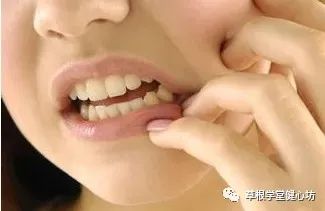
Pain in the upper teeth is related to the Stomach meridian.
6. Nosebleeds.
This indicates that the Spleen and Stomach are not governing the blood. The Stomach qi descends; if it reverses, it can lead to nosebleeds.
The descending Stomach qi manifests in women as menstruation. If the Stomach qi rises, it can cause menstrual blood to flow backward, potentially leading to nosebleeds.
7. Sore throat.
The Stomach meridian runs through the throat, starting from the Yingxiang point, going up to the bridge of the nose. It splits into two branches, one going to the face and the other going through the throat. If the Stomach qi does not descend, the Stomach fire can attack upwards, leading to a dry and painful throat.
8. Edema.
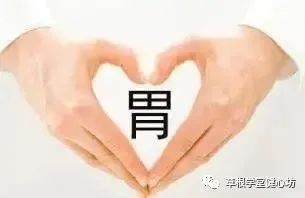
The Spleen governs transportation; if the Yangming Stomach fire is not strong, the Spleen cannot transform dampness, leading to edema. The Spleen governs dampness and soil; if dampness cannot be transformed, it accumulates like a swamp, leading to edema. In fact, edema is caused by problems with the Stomach and Kidney.
9. Pain in the knee joints.
The Stomach meridian runs down from the Futu point, passing through the knee. Many elderly people experience knee pain, which is often related to the blockage of the Stomach meridian. As people age, the Spleen and Stomach’s ability to transport decreases, leading to less food intake and less qi and blood. If one does not exercise, the meridians can become blocked, leading to knee issues.
10. Mental symptoms.
This manifests in two aspects: one is the excess condition: mania, which is a form of madness; the other is the deficiency condition: depression.
The Stomach is the Official of Granaries: A Learning Share

21 – The Small Intestine and Large Intestine
04
—
The Small Intestine and Large Intestine
According to the Huangdi Neijing: The Small Intestine is the official of receiving and transforming.
This reflects the two functions of the Small Intestine: absorption (receiving) and transformation (generation).
The Small Intestine receives and accommodates the food and fluids that the Spleen and Stomach have processed (the middle jiao). It thoroughly processes and absorbs them, transforming them into the most basic and simplest elements that the body can absorb.
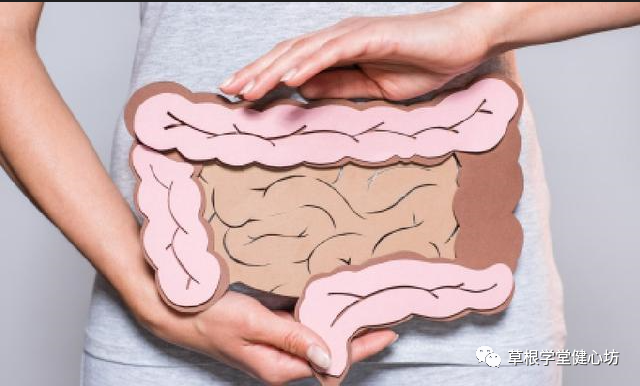
Three processes:
The Stomach is the first process, processing the food and fluids. The second process is the Small Intestine, which receives, further processes, and absorbs. The third process is the Large Intestine.
The “material” is the most basic and simplest elements that the body can absorb. The essence transformed by the Small Intestine is the essence of qi and blood. Essence (energy).
Transformation can be optional. Generation is present; resolution is absent. Westerners have a dualistic culture and thinking.
The intestines, in ancient texts, imply smoothness, so both the Large and Small Intestines are pathways. Therefore, even if they “receive,” they are still passing through the treasury, contributing to the kidneys.
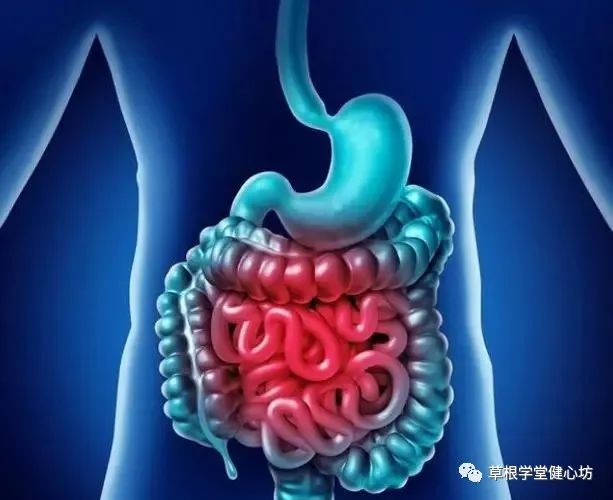
What diseases are associated with the Small Intestine?
1. Butterfly spots. The Small Intestine meridian runs through the cheekbones. If the Small Intestine’s absorption function is poor, toxins and waste accumulate, leading to butterfly spots. External beauty cannot solve this thoroughly. Improvement of the Five Organs and Six Bowels is needed to resolve the Small Intestine issues.
2. Sore throat, swelling on both sides of the neck, and swelling of the jaw are related to the Small Intestine meridian. This is a disease of the Small Intestine meridian.
3. Abdominal distension. This indicates a problem with the absorption function.
4. Deafness. The Small Intestine meridian runs through the ear.
5. Yellowing of the eyes.
The Small Intestine receives and transforms, leaving the residue for the Large Intestine.
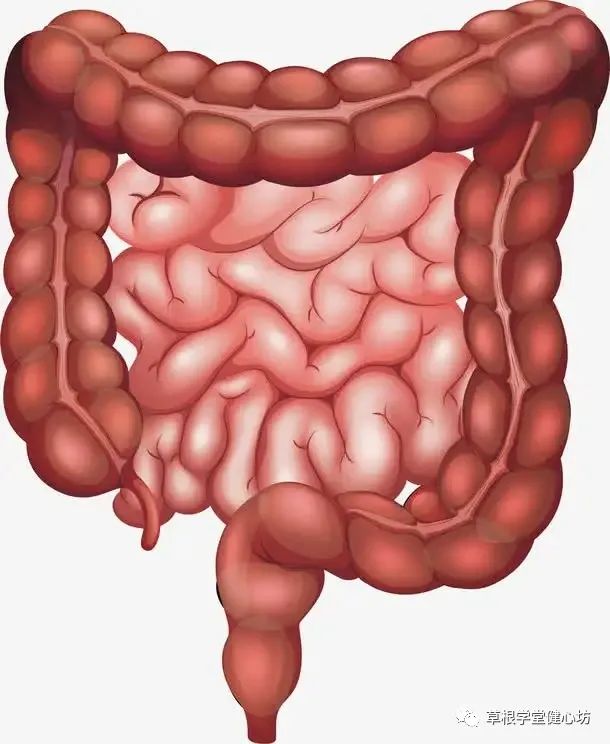
According to the Huangdi Neijing: The Large Intestine is the official of transmission and transformation.
The previous two processes:
The Spleen and Stomach transform food into essence. Blood, the essence of qi, and liquid, may not be thoroughly clean and complete. When it reaches the Small Intestine, it separates the clear from the turbid. The clear is liquid, received by the Small Intestine. The turbid is the dregs, which the Large Intestine transmits out.
The third process: the official of transmission.
Transmitting the dregs also involves fluids. After receiving from the Small Intestine, if there are any leftovers, they must be absorbed back.
Transformation occurs.
The transmission function of the Large Intestine is about “liquid,” a verb that refers to the secretion function. Only when the three jiao meridians are smooth can the body undergo metabolism.
What does it transmit?
The dregs. Usually solid. Liquid has a lubricating effect.
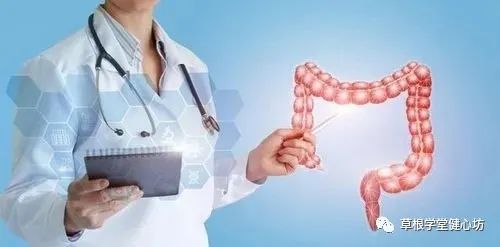
Diseases of the Large Intestine manifest in three aspects:
1. Pain in the lower teeth. The Large Intestine meridian also runs through the teeth; pain in the upper teeth is related to the Stomach meridian. Changes in the Large Intestine meridian can cause pain in the lower teeth. If there is pain in the lower teeth, one should address the Large Intestine meridian at the Hegu point and the Jianjing point.
2. Neck pain and swelling. The Large Intestine meridian runs through the neck; swelling and thickening of the neck are also related to the Large Intestine meridian.
3. Pain in both arms. The Large Intestine meridian runs through the index finger and up the arm. If both arms hurt, it indicates a problem with the Large Intestine meridian.
The Small Intestine and Large Intestine: A Learning Share

22 – The San Jiao as the Official of Decision and Regulation
05
—
The San Jiao as the Official of Decision and Regulation
According to the Huangdi Neijing: The San Jiao is the official of decision and regulation, from which the water pathways emerge.
The San Jiao, also known as the “lonely bowel,” accommodates the Five Organs and Six Bowels, being the largest bowel in the human body.
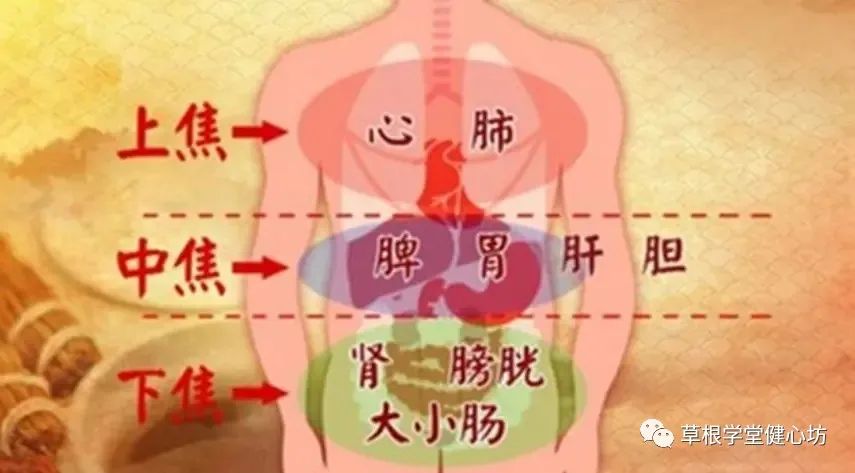
The San Jiao meridian and the Pericardium meridian are mutually related.They are likened to a city wall, defining areas and providing protection.
Like the Pericardium, which protects the sovereign from evil. The Pericardium meridian issues commands on behalf of the sovereign and receives punishment on behalf of the sovereign.
The San Jiao, being the largest bowel in the human body, protects whom?
The Five Organs and Six Bowels. Muscles and organs are both referred to as flesh, but their value differs. The flesh of the organs is delicate and fragile, while other muscles have strong regenerative capabilities. Therefore, the Five Organs and Six Bowels have enhanced protection: the San Jiao and the ribs.
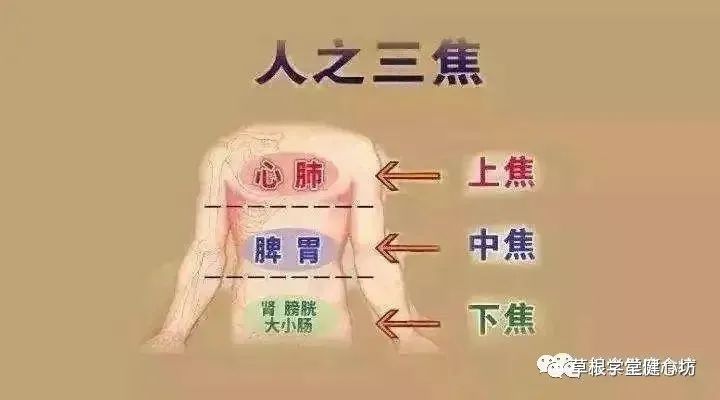
Official of Decision and Regulation, from which the water pathways emerge.
The process of transforming and storing the Five Grains: Water and grains enter the mouth, are ground and crushed. They pass through the esophagus (upper jiao) into the body, to the Stomach (middle jiao), and then to the Large and Small Intestines (lower jiao).
This is the route of the water and grains. However, there are directions in all four corners.Where does the power come from?
From the gravitational pull of the Earth. The qi transformation power of the gastrointestinal tract.

Decision and Regulation: Clearing the waterways. Where are the waterways of the San Jiao?
The bowels are empty; the esophagus, Stomach, Small Intestine, and Large Intestine. They expand and contract according to the amount of grains entering. Their shapes are irregular and changeable. Therefore, the gaps between the organs and between the bowels are the waterways. Moreover, as the shapes of the bowels change and move, the waterways also change. Thus, the San Jiao is the official of decision and regulation; if it does not decide, it is dereliction of duty.
Internal decision of the San Jiao.
Like a city wall, there are defined areas, and there are membranes, tendons, and connective tissues, meridians, etc. The outer norms are one decision.
The movement of the Stomach, Small Intestine, and Large Intestine brings about changes in the waterways; this is the second decision.
Within the San Jiao, the health status of qi, fluids, and liquids maintains vitality and energy. Combined with the movement of the gastrointestinal tract, this is the third decision.
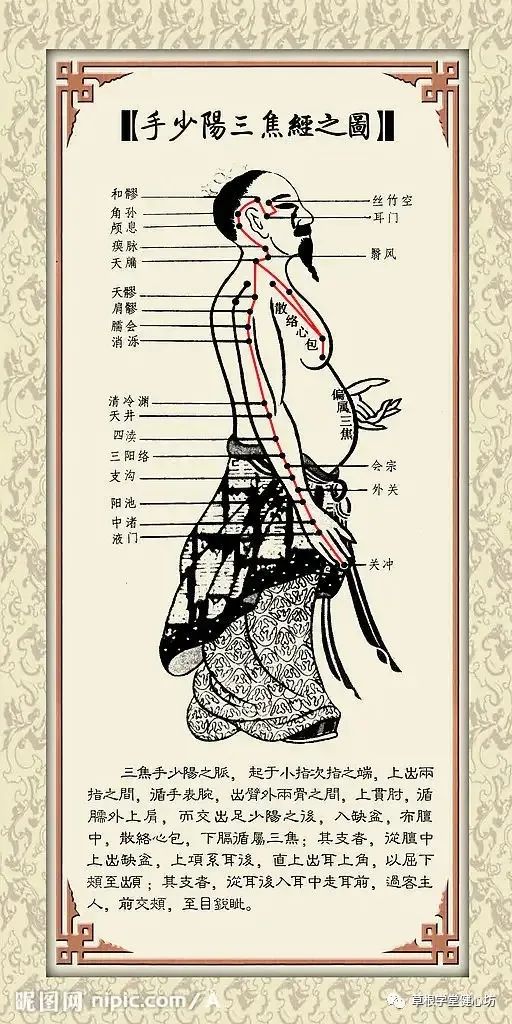
Common diseases of the San Jiao meridian:
1. Tinnitus. The San Jiao meridian runs through the ears.
2. Numbness in the ring finger; the San Jiao meridian runs through the ring finger.
The San Jiao as the Official of Decision and Regulation: A Learning Share

23 – The Bladder as the Official of the Capital
06
—
The Bladder as the Official of the Capital
According to the Huangdi Neijing: The Bladder is the official of the capital, where fluids are stored, and from which qi transformation can occur.
The capital: a place where water gathers; within the San Jiao, the gaps between the organs serve as waterways, and the Bladder contains the water, akin to the rivers and lakes. Thus, the Bladder is the water official.
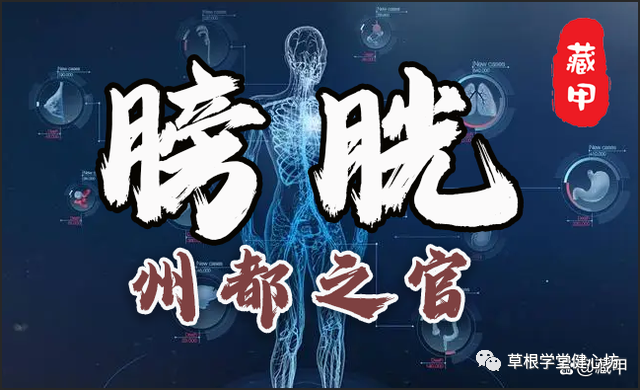
However, within the human body, there is only one water official, and it is the only water system that collects the body’s fluids after metabolism. Therefore, the Bladder is the official of the water system in the body’s metabolic system.
Human life requires constant metabolism, and the body is composed of 60% water. Thus, 60% of life’s metabolism is water metabolism. The water system’s metabolism should serve two functions: one is to replenish fluids, and the other is to transport fluids.
The Bladder, as the water system official, governs storage. It stores all the essence of the body’s fluids, meaning the function of the meridians associated with the Bladder allows the substances and functions of fluids to reside within the body and perform their normal roles.

The Heart governs all blood vessels, the Lung governs all qi, and the Bladder governs the essence of fluids. All these come from the water and grains.
The “essence” transformed from the Five Grains includes fluids, and other substances (energy) needed by the body. It forms a mixture.
Water energy enters the body through the esophagus, drinking water and food. The water and grains transform and store, and through qi transformation, along with other energies (essence), they flow through blood vessels, circulating within the body and undergoing metabolism.
Qi transformation allows for excretion.This involves both excretion and elimination. The pores excrete sweat (through sweat glands), saliva is secreted from the mouth (through salivary glands), mucus is secreted by the lungs, and urine is expelled from the lower body (through the urinary tract).
The exchange of metabolism relies on the movement of fluids, sliding, permeating, filtering, etc.
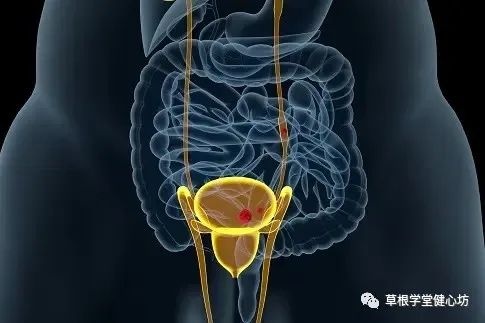
Fluids can be understood as a verb, meaning the body fluids that permeate from the inside out, which is an essential physiological function of the human body.
Liquids are also a verb, referring to the water and essence obtained from the transformation of the Spleen and Stomach, which are collected and then condensed and generated. They are then supplemented and warmed according to the body’s needs, allowing the body’s protective functions to operate.
Liquids represent an unchangeable physiological process.
If the function of liquids is insufficient, leading to excessive discharge of fluids from the organ tissues, it results in high blood concentration, leading to symptoms such as high blood viscosity, high blood lipids, high blood sugar, high urine sugar, high blood pressure, thirst, constipation, etc.
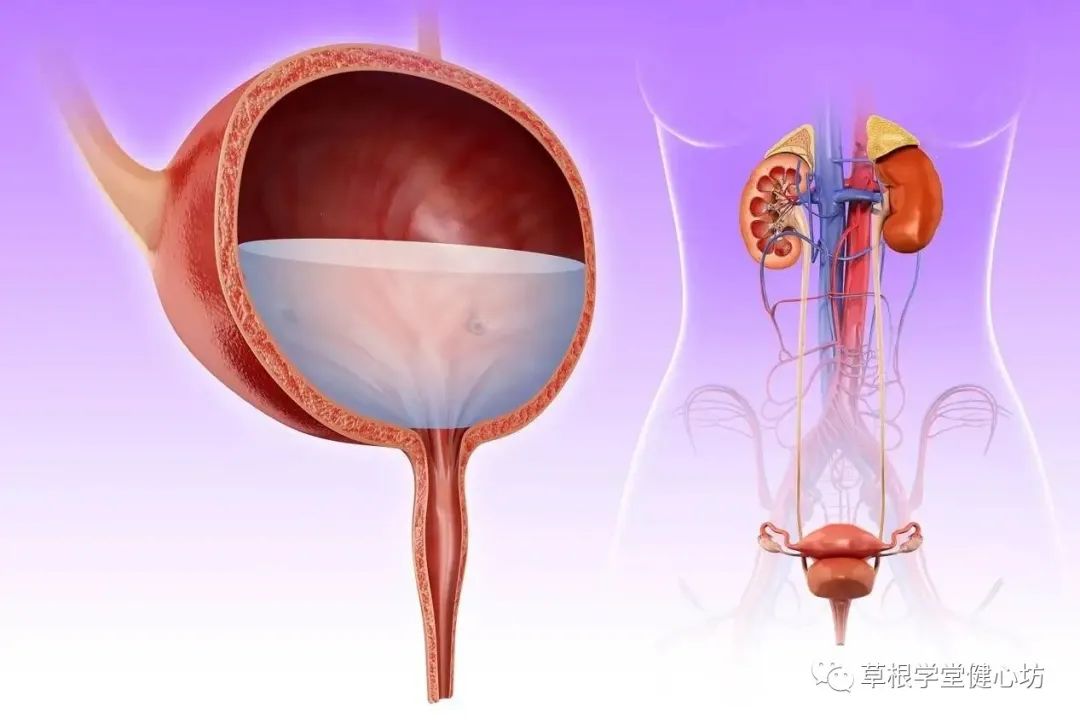
The Kidney meridian governs the interior, while the Bladder meridian governs the exterior.
If the true yang is insufficient, the Bladder meridian’s function of storing fluids will weaken, and it will not be able to perform its role in fluids.
What are the manifestations of Bladder diseases?
The first manifestation is headache.
The Bladder meridian runs from the Jingming point upwards, along the back to the little toe. If there is pain in the forehead, it is a problem with the Stomach meridian. If there is pain in the back of the head, it is a problem with the Bladder meridian.
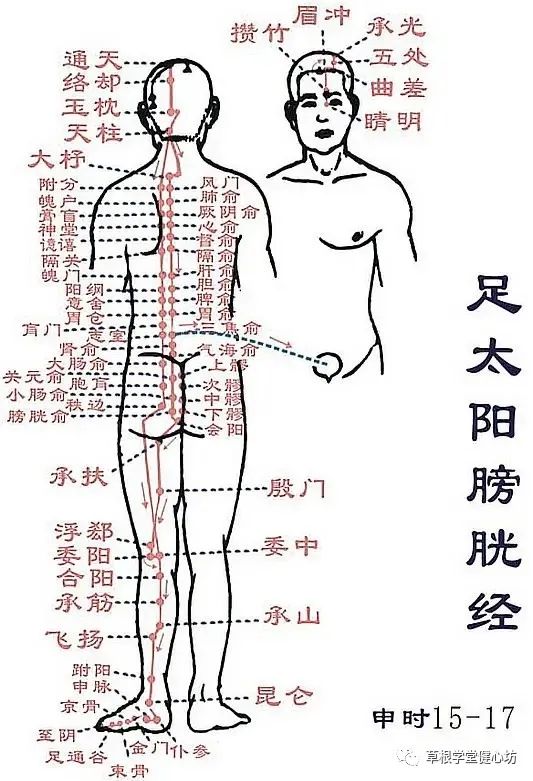
The second manifestation is a feeling of protrusion or dropping of the eyeballs.
The third manifestation is stiffness in the back of the neck.
This condition is often associated with ankylosing spondylitis, which is closely related to the Bladder meridian.
The fourth manifestation is lower back pain and stomach pain.
If the fluids cannot nourish the meridians, the back will feel uncomfortable, and if severe, the entire lower back will be very painful.
Why are Bladder diseases related to the lower back?
The Bladder meridian runs down along both sides of the Governing Vessel, and it is in a relationship of interior and exterior with the Kidney, so diseases of the Kidney meridian and Bladder meridian often manifest similarly.
Continuing to develop, the calves and popliteal fossa may feel like they are tied in knots, with a tearing pain sensation.
The fifth manifestation is leg cramps.
As the saying goes: As people age, their legs age first. This is a phenomenon of qi deficiency in the Bladder meridian. Soaking the feet can relieve this, but it is best to soak the entire calf and massage it.
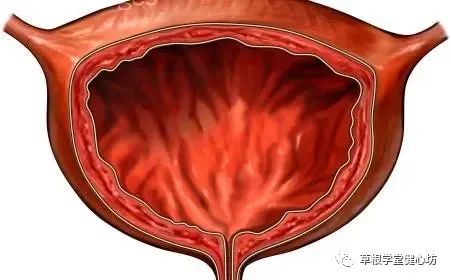
The sixth manifestation is mania.
This is related to the brain, as the Bladder meridian runs through the back of the head. Qi deficiency in the Bladder meridian can lead to muscle issues and some brain changes.
The seventh manifestation is hemorrhoids.
The anus and uterus have muscle functions, which have stretching and elasticity. If elasticity is compromised, it indicates insufficient qi in the Bladder meridian, leading to pain.
The eighth manifestation is numbness and pain in the little toe.
Pain in the big toe is related to the Spleen meridian; pain in the little toe is related to the Bladder meridian; pain in the middle toe is related to the Stomach meridian; and pain in the sole is related to the Kidney meridian.
The Bladder as the Official of the Capital: A Learning Share

Spend a few minutes each day listening to broadcasts and understanding health.
Follow the public account→Health Series→Body, Mind, and Spirit-2→Part Nine
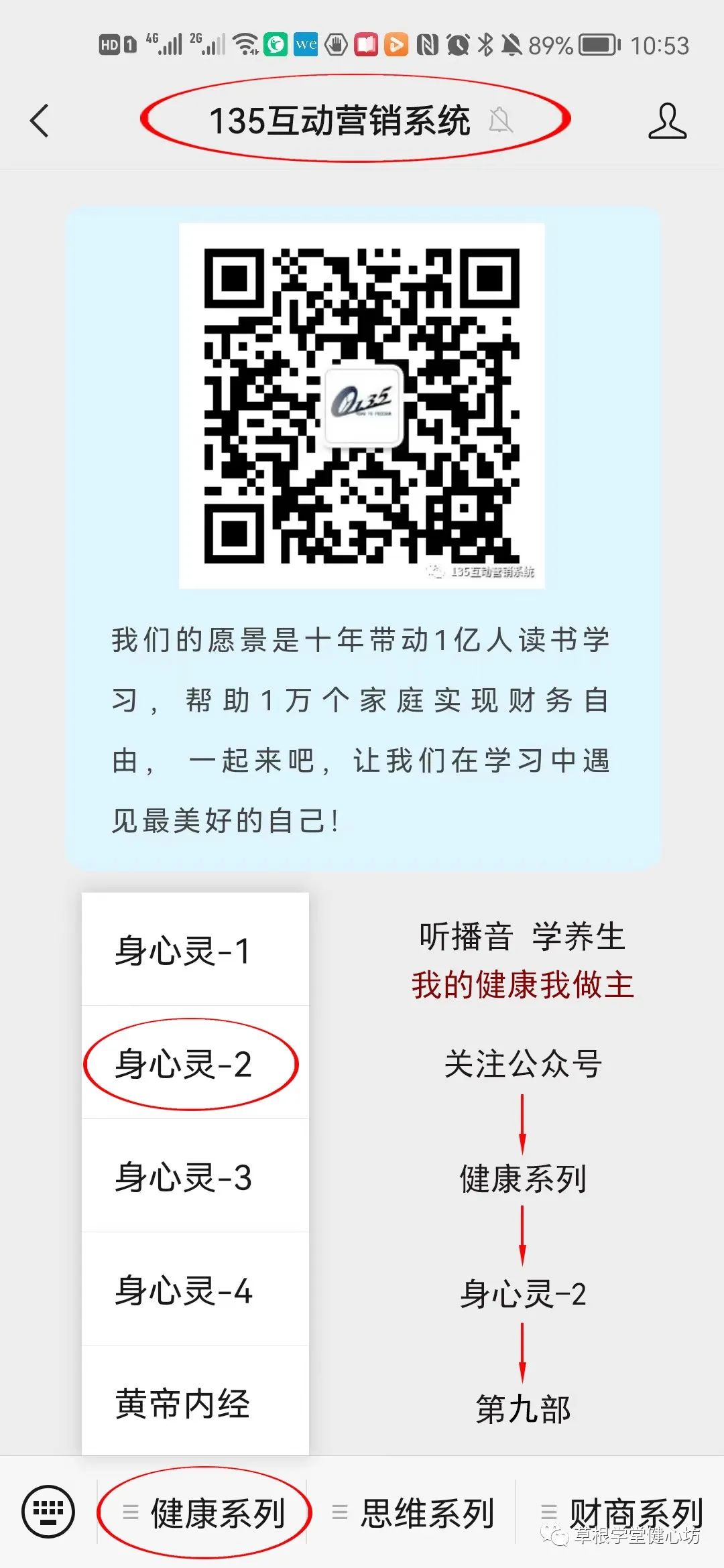
Unblock the Ren Meridian – Immune to All Poisons
Already followed Follow Replay Share Like Watch moreGrassroots Academy Health Mind Workshop
0/0
00:00/03:40Progress bar, 0 percentPlay00:00/03:4003:40Full screen Playback speed 0.5x 0.75x 1.0x 1.5x 2.0x Ultra clear Smooth
Continue watching
Understanding the Differences Between the Five Organs and Six Bowels in Traditional Chinese Medicine
Original, Understanding the Differences Between the Five Organs and Six Bowels in Traditional Chinese MedicineGrassroots Academy Health Mind WorkshopAdded to Top StoriesEnter comment Video Details
Strengthening the Body and Nourishing the Five Organs (Click the link)
Learn while earning!


